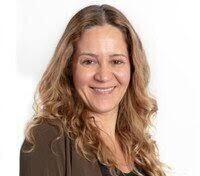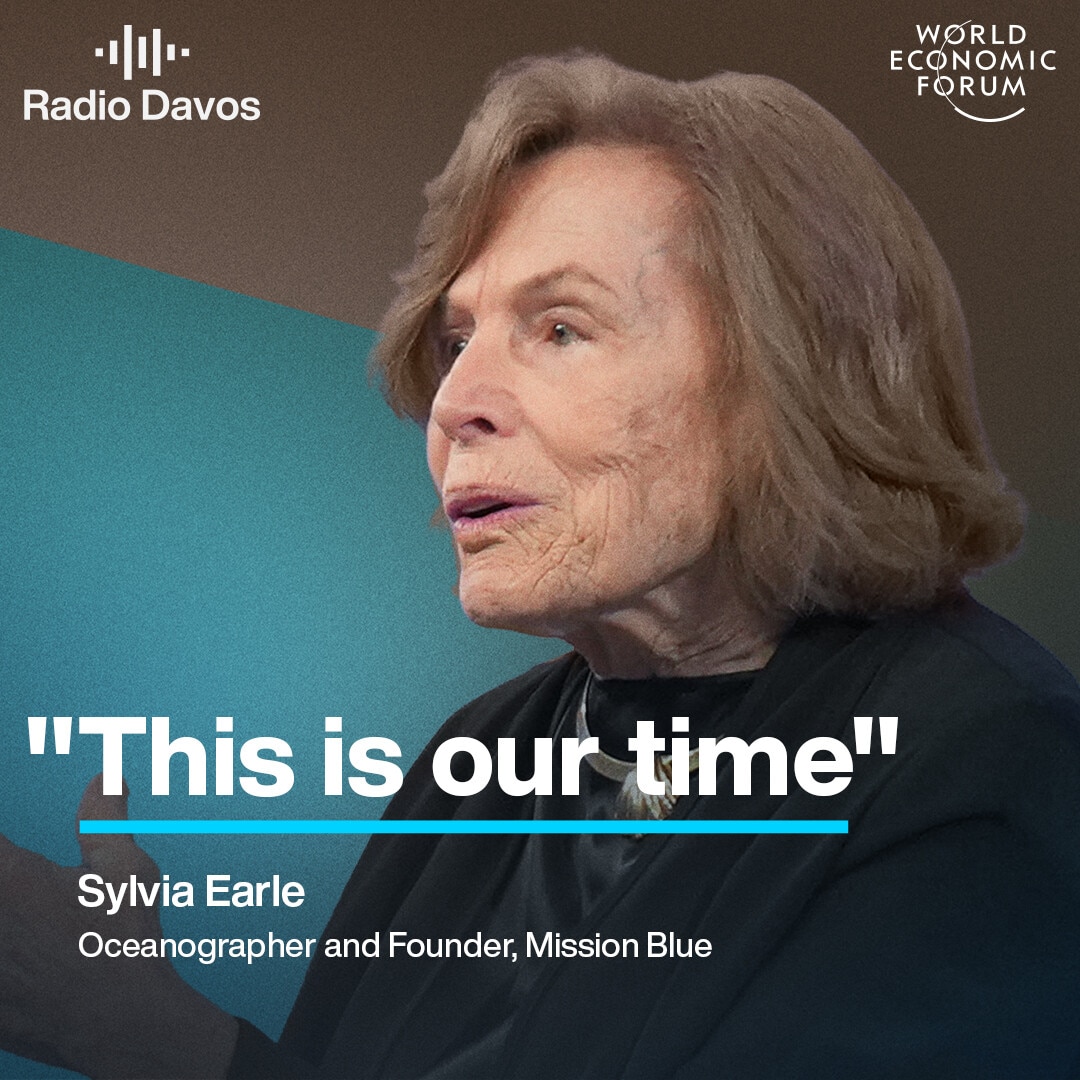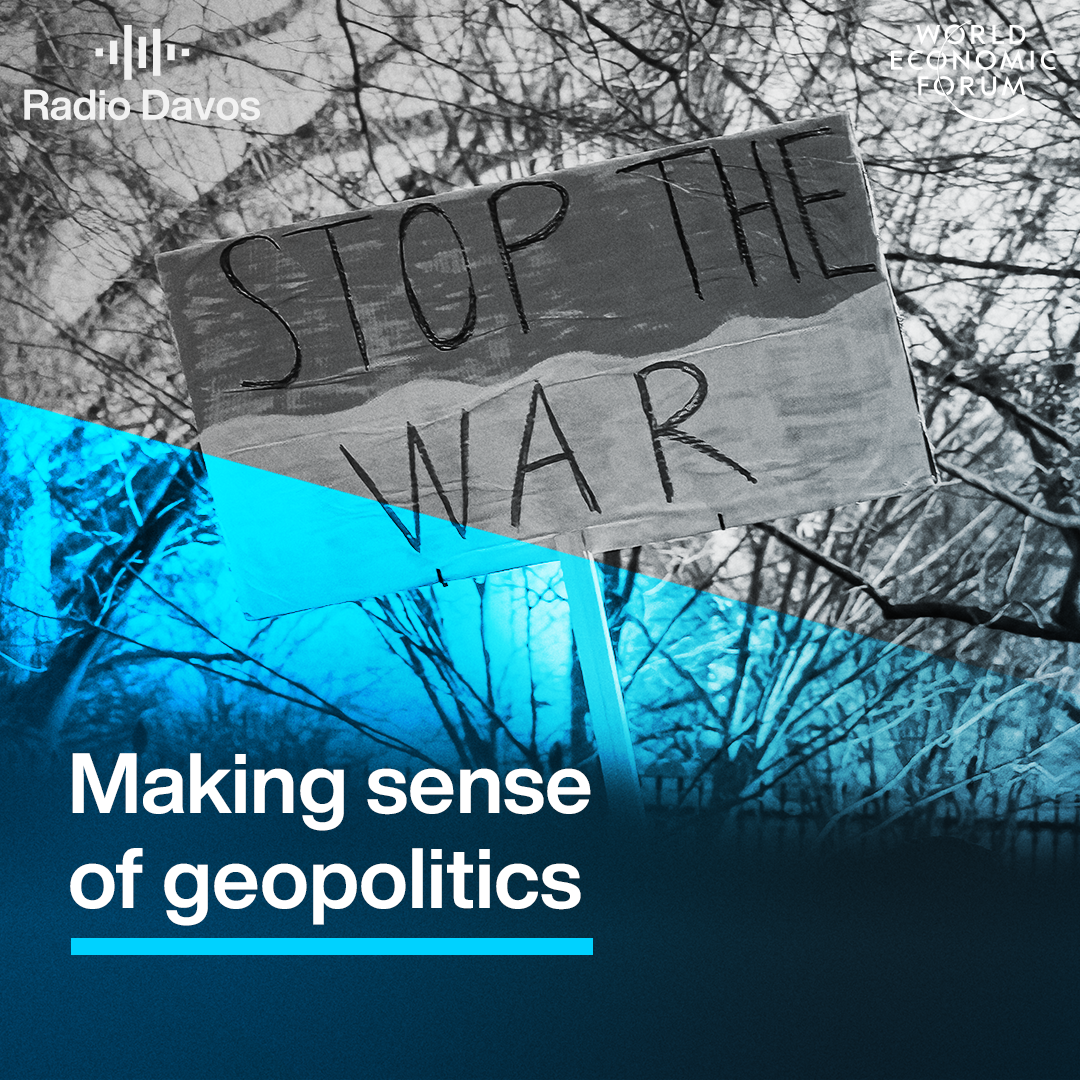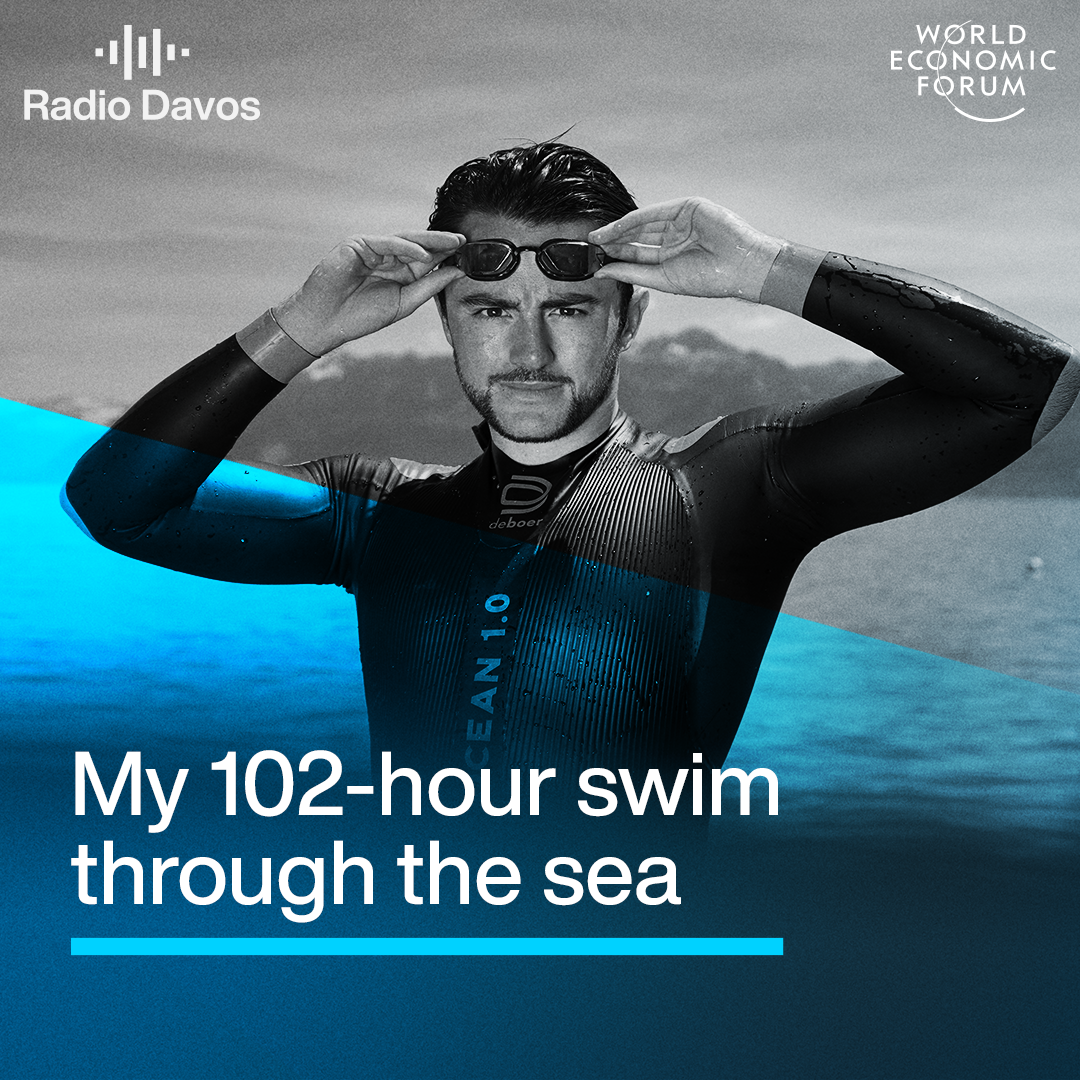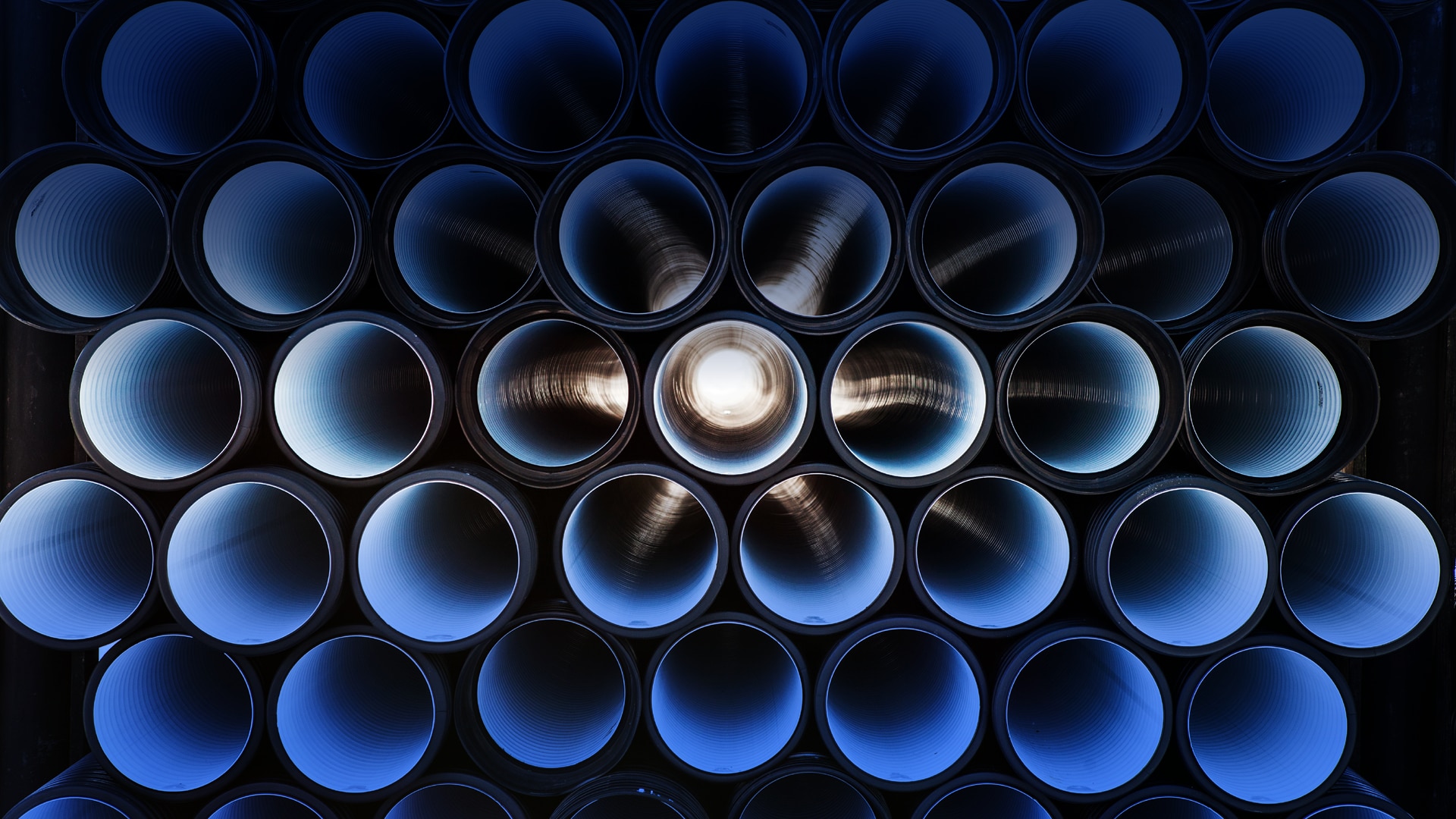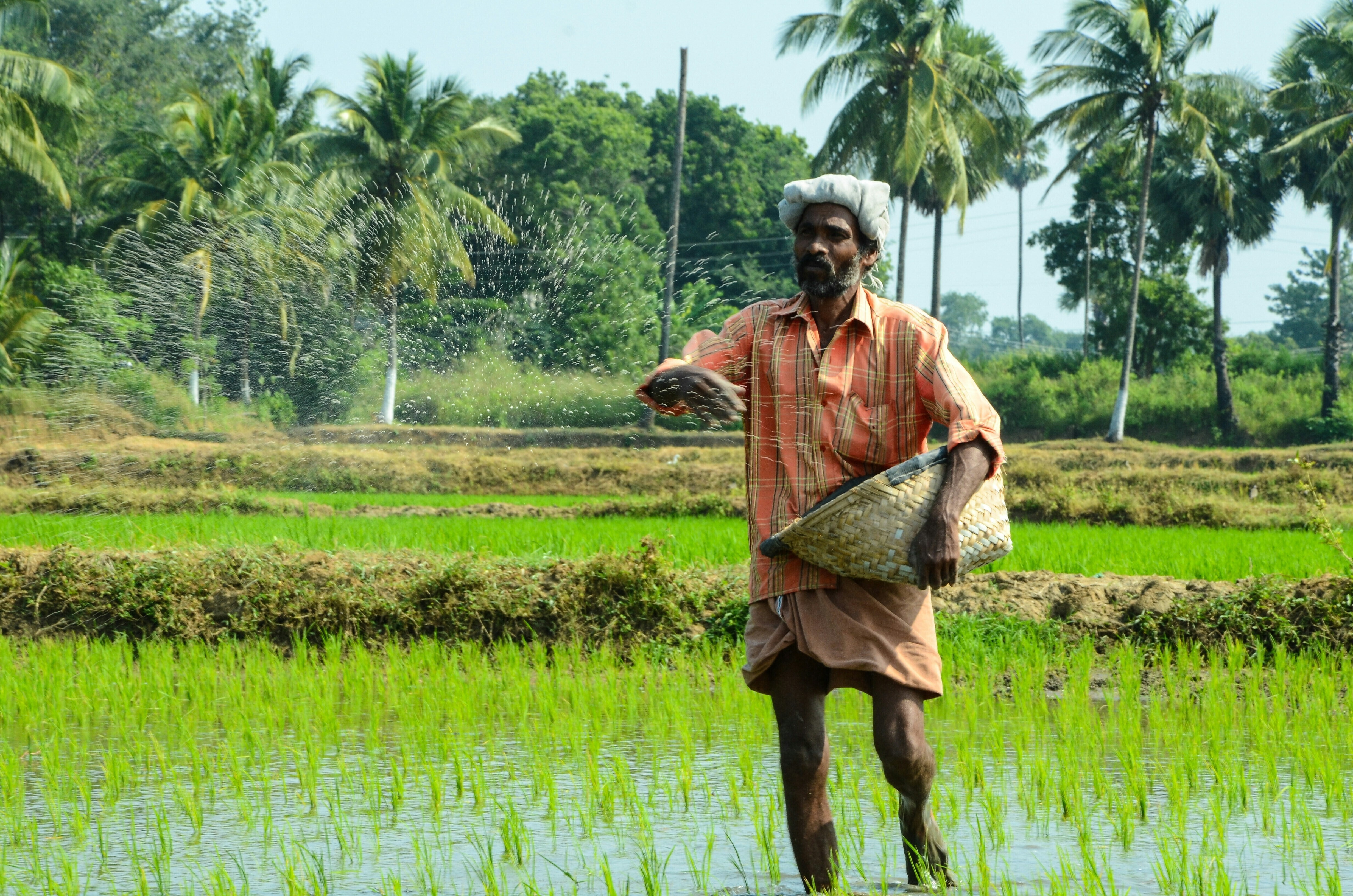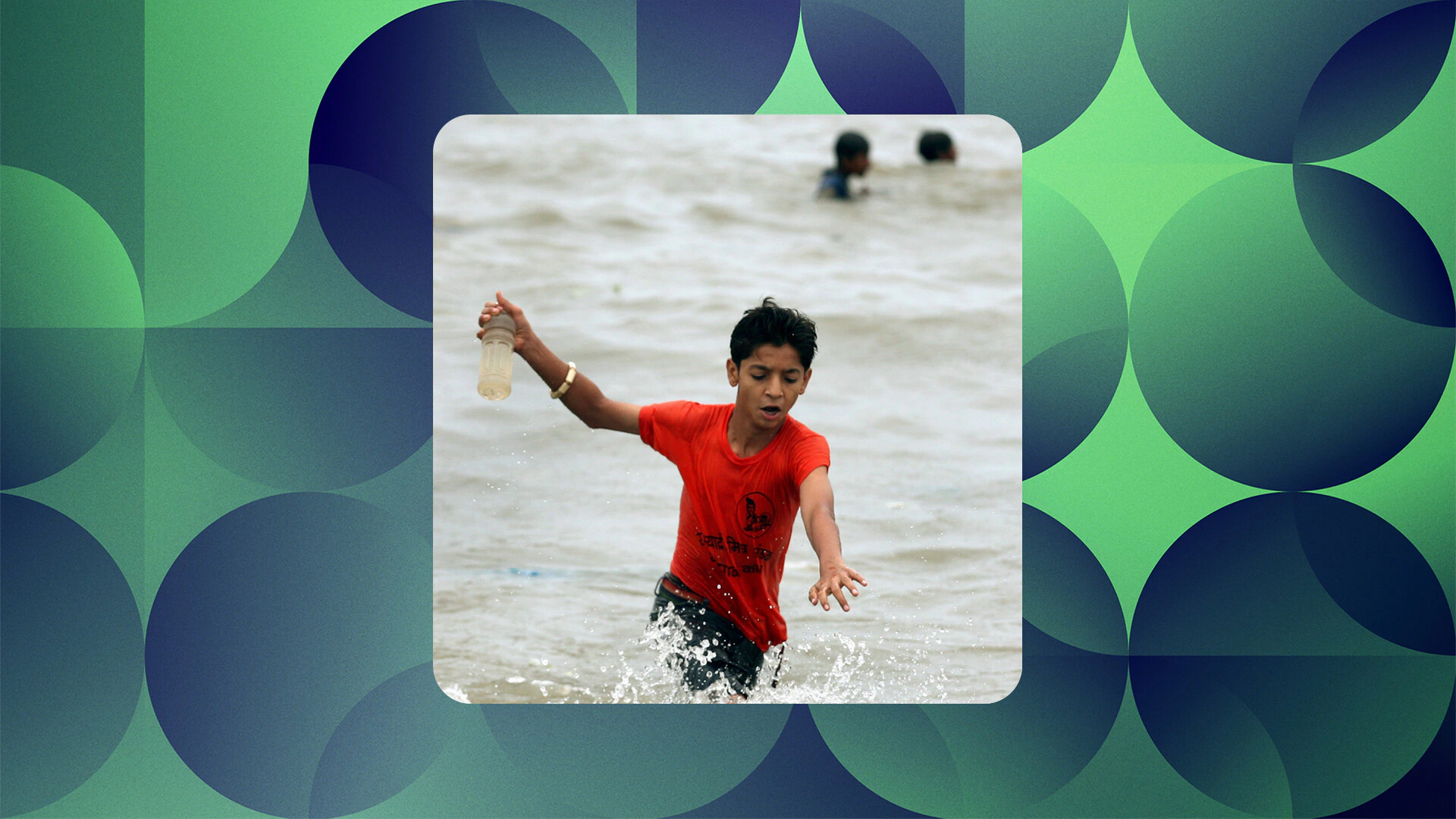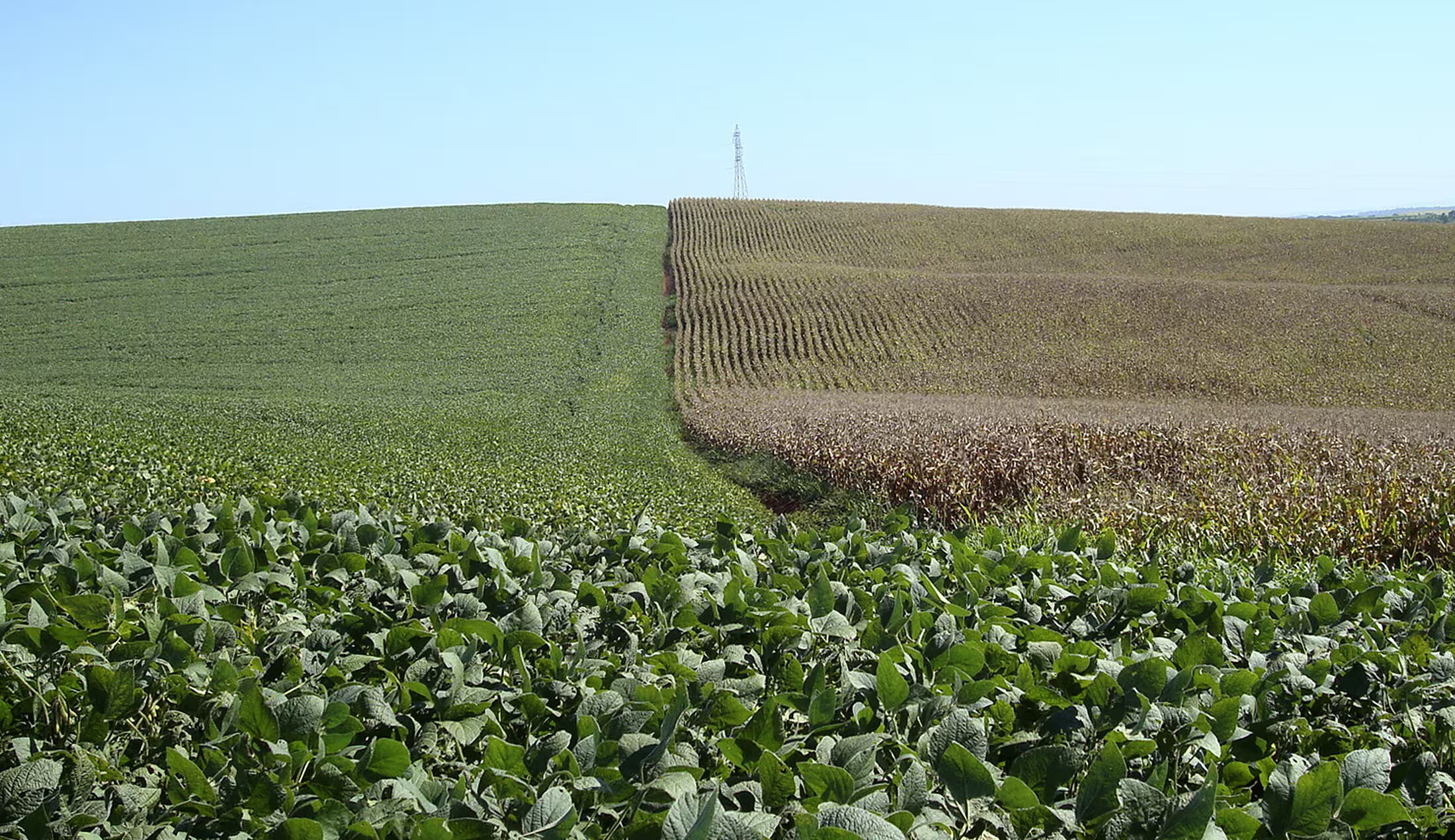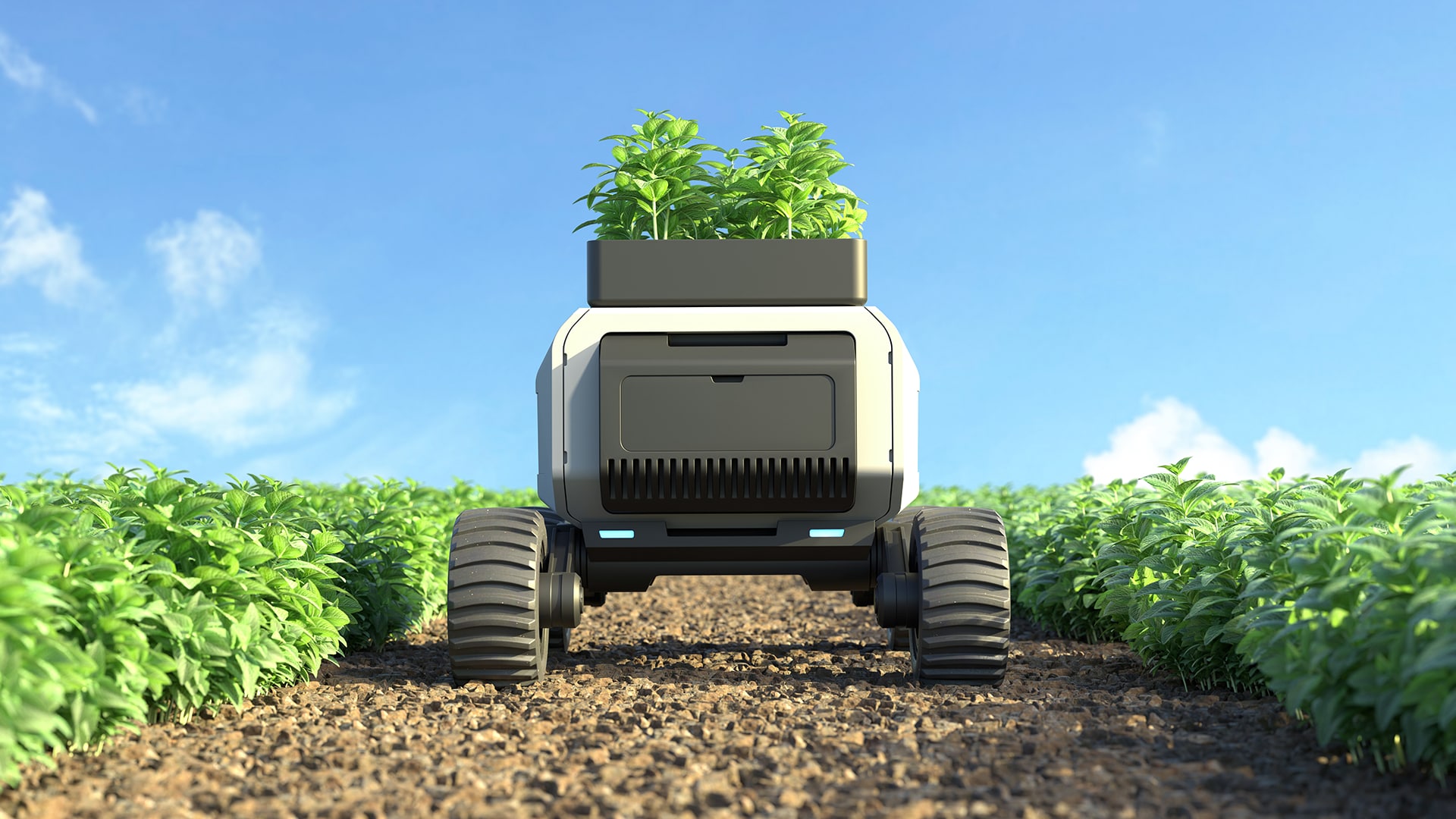Sustainable agriculture: lessons from the Brazilian Amazon
播客文字稿
This transcript has been generated using speech recognition software and may contain errors. Please check its accuracy against the audio.
Luis Fernando Laranja da Fonseca, CEO, Grupo Caapora: It's possible to produce, for example, low carbon milk, low carbon beef. That's what we are trying to do based on regenerative agriculture.
Robin Pomeroy, host, Radio Davos: Welcome to Radio Davos, the podcast from the World Economic Forum that looks at the biggest challenges and how we might solve them.
This week, as the climate COP happens in the Amazon in Brazil, we look at the potential for regenerative farming to produce food without harming nature or the climate.
Luis Fernando Laranja: It would be impossible to control deforestation only based on command and control strategies. We must align conservation of the forest with good business. Otherwise, there will be no conservation.
Robin Pomeroy: This Brazilian entrepreneur explains how restoring degraded land and integrating trees into grazing pastures can have a big impact on farming’s carbon footprint.
Luis Fernando Laranja: There's a lot of co-benefits like animal welfare, like carbon sequestration.
Robin Pomeroy: And we hear why it makes sense more than ever to tackle climate and nature together.
Luis Fernando Laranja: When we bring biodiversity, water resources, deforestation together with climate change, it makes it easier for people to see the problem.
This very specific COP that will be in the middle of the Amazon, maybe we can have some good news, some progress.
Robin Pomeroy: Follow Radio Davos wherever you get your podcasts, or visit wef.ch/podcasts.
I’m Robin Pomeroy at the World Economic Forum, and with this look into regenerative agriculture for nature and climate in Brazil…
Luis Fernando Laranja: We always have a hope, a potential optimism.
Robin Pomeroy: This is Radio Davos.
Welcome to Radio Davos. And this week we're talking about something that touches all of us every day, but we don't often think about it. And that is, where does our food come from? And what impact does that have on the environment?
We have a very special guest who knows all about this firsthand. But first, I'm going to introduce you to my co-host, who is a colleague at the World Economic Forum, Danielle Carreira. Hi, Danielle. How are you?
Danielle Carreira, Head of Finance, Tropical Forest Alliance: I'm very well. How are you, Robin?
Robin Pomeroy: Very well, thank you. Tell us what you do at the World Economic Forum.
Danielle Carreira: So I work as the head of Finance Sector Engagement at the Tropical Forest Alliance, which is an initiative of the World Economic Forum.
And we were set up nearly 15 years ago to really help the value chain organisations. And when I talk about value chain, I'm talking from the producers to the governments, to work together and they address the issue of commodity production linked to deforestation.
And why is this important? When we look at the global level, land use change contributes to more than a fifth of CO2 emissions. And deforestation and ecosystem conversion, usually driven by agricultural commodity production, is the single largest source of these emissions.
So we were set up to bring this multi-stakeholder approach to address this problem, which, as you mentioned, it touches in food security, in climate, but also in nature. By addressing deforestation, you are addressing climate, but also you're addressing the major driver of the hostrio biodiversity loss.
Robin Pomeroy: Yes, this expression land use change, it's one of those diplomatic almost euphemisms. Very often we're talking about cutting down a forest or burning down a forest to convert that into farmland of some kind.
Tell us who our guest is that we're we're both going to question today.
Danielle Carreira: Well, I'm very, very happy to have with us today Luis Fernando Laranja de Fonseca, and we call him Laranja. And Laranja is actually one of the signatures of an initiative that we partner with the Unify and also the Nature Conservancy to deal exactly what I mentioned in the beginning, to bring all these stakeholders in the value chain to work together and address the issue of the financing side, which is very important to provide the producers with the finance need to change the production systems.
Robin Pomeroy: Hi Laranja, how are you?
Luis Fernando Laranja: I'm fine, thank you. It's a pleasure to be here with you and to talk for such a very important subject. Where are you speaking to us from today?
Robin Pomeroy: I'm speaking from São Paulo, Brazil, right now. So you have an interesting career in agriculture. Could you tell us of a few of the things that you've done?
Luis Fernando Laranja: Yeah, actually, my academic background is in the agricultural field. I'm a veterinarian, I have a master's degree in agronomy, I have a PhD in veterinary science, a postdoctoral degree in animal science. So I developed the first part of my career in the academic sector as a professor at the University of São Paulo Veterinary School during 10 years.
And so after this journey in the academic sector, I decided to move to the Amazon region and I started my journey as an entrepreneur in this field of impact investment and related to the agricultural sector and forestry sector.
And so many many years ago, I found a company called the Ouro Verde Amazonia that was a Brazil nut processing company. It was a very interesting experience where we involved local communities from the Amazon, a supplier of Brazil nut and this kind of thing. It was at the time, let's say the embryo of this impact investing sector. This company was the first B Corp in Brazil. And so it was very interesting experience. After solding my company, I moved completely to the investment side. So that was my second hat. I founded a company called Caete Investimento, that's an investment company. We raised the first private active fund dedicated to impact investing in the Amazon 12 years ago. It was such an interesting experience as well. At the time, we analysed more than 200 companies in the Amazon region to check the possibilities of investment. We invested in three of them. And so that was very interesting. And after that, I I came back to the entrepreneur site. I found that two companies, one is no carbon milk, that was the first organic carbon neutral and animal welfare certified milk brand in Brazil, as well as Capo Agro Silvo Pastoril, that is a company dedicated to the development of innovative system of livestock production based on low carbon, zero deforestation, and conversion of the
Robin Pomeroy: Great. Both of you are involved also in finance. So that's something I want to get to later in our conversation. But Laranja, how can the type of farming you know, how can it be sustainable?
Luis Fernando Laranja: I would say it's possible to produce sustainable food. And even in this sector, let's make more restrict animal production, you know, because there's a lot of concern about the impact of animal production, especially in the in the climate agenda. And yes, it it's true. But in our experience, what we saw is that it's possible to produce, for example, low carbon milk, low carbon beef. That's what we are trying to do based on regenerative agriculture concept.
So yes, it's possible. It's a a huge challenge because we need to scale this new models of sustainable and low carbon and regenerative agriculture. But yes, it's possible to do that.
Robin Pomeroy: The the word you often see mentioned is silvo pasture, kind of a sustainable form of agroforestry. Are you able to tell us what that means?
Luis Fernando Laranja: Our business model at Caaporã is based on some pillars, and one of them is the conversion of degraded pasture.
So we have here in Brazil many, many million hectares of degraded land. So just to give you some numbers, the livestock sector in Brazil occupy 170 million hectares of land with pastures. And at least 50 million hectares of pastures have some kind of degradation. So we have a huge space to convert this degraded land, degraded pastures in high-productive pasture.
But the second pillar is the silvo pastoral system, as you mentioned. That means that we plant some trees in the middle of the pasture. So we do not only recover the great pastures and transform in high-productive pasture, but we plant some trees in the middle of the pasture. So there's a lot of co-benefits like animal welfare, like carbon sequestration.
Robin Pomeroy: Can that be scaled though to be less of a niche product? Because you could sell, I'm assuming, if you've got low carbon or no carbon milk or meat, people will pay a premium for that in some parts of the world. But probably the majority I'm guessing of those products won't be produced under these methods. Do you see a future when that can be expanded and can be more of the kind of the mainstream?
Luis Fernando Laranja: Yes, but actually it's not an easy answer.
I would say that there's not a high demand for, for example, carbon neutral products. We need much more education to the consumer.
But by the other side, the market, so let's change instead of the final consumer, let's say that the market has a demand for a low carbon products or carbon neutral products. And so you can ask me, well, if it's not the the consumer, who is the market? And I would tell you that the market is investors, for example.
So investors put pressures on on companies because they are on the boards of the company. The retail sector, the supermarkets, they have pressure, they put some pressure in the market to have low carbon products. There are regulations from the side of the governments.
So there's a lot of ingredients or stakeholders in in the market that put pressure to have low carbon products. And more than that, we have a carbon credit market that could bring money to transform the production system in a low carbon system.
That's our case. So we are seeing there is a potential revenue for our business that comes from the carbon credit market instead of a low carbon product for the end producer. But it's another way to provide or to give support for the transformation of the agricultural practises.
Robin Pomeroy: So you're saying that in addition to getting revenue from the product itself, farmers can also get revenue from selling the credit of having sequestered carbon.
Luis Fernando Laranja: It's exactly as you said. We have two potential opportunities. Or by selling an added value product because some consumers will pay a premium, and that's okay. Probably this market exists. I think that it's still small and I think it will grow. But by the other side there are another f source of revenue. That's the carbon credit market. You're right.
Danielle Carreira: Can I just add to one point? There is a lot of market demand. A lot of this market demand it is coming from Europe mostly. Yes, I think that's very important to highlight.
And we see some leading companies which are demanding for that, sometimes because of consumer pressure, because again, you know, the consumer market in Europe, it is a little bit more aware. And I think when we talk financially, they to a point, I'm not going to say they can afford, but if you compare the north of the globe and the south of the globe, of course there is an inequality, you know in in income. There is a major driver coming from Europe.
There are regulations as well, but I think one thing that we have a big challenge is that there is a demand on how we want our products, but there is a lack of sort of who is going to pay for the transition, who is going to pay for the cost to actually change the production models as well.
And this payment, and that's why we at TFA are trying to bring all the stakeholders, because there is a lot of opportunity because of increasing demands, but the costs need to be shared. And when I mean sharing, the producer needs to be included in this cost sharing as well and this opportunity side.
At the moment, we just expect producers to change production models, but there is not much financial incentives to do so.
So I think this is the question, and that's where carbon could come to complement this as a financial incentive, in addition to the contribution of all the actors across the value chain.
Robin Pomeroy: Is that already happening? I know you're involved with innovative finance. Is that part of that or is that an additional thing as well?
Danielle Carreira: Innovative finance is part. I think what we need is the market demand, we need the enabling environment, and that is going to come from policymakers and regulators, and we need the innovative finance, which is the finance outside the box, outside the mainstream, the finance as usual as we have now.
And as I mentioned earlier today, w
We have launched the initiative which is called Innovative Finance for the Amazon, Cerrado and Chaco. And this is a partnership with the Nature Conservancy and the UNEP Climate Finance Unit. And what we wanted is exactly that to bring investors, banks, supply chain companies, providers of the catalytic finance and catalytic finance can have a different meanings, but is is the money who is going to take some of the risk from the operation pretty much.
As like it's a long-term capital, is a patient capital which can go towards technical assistance and other sort of purpose as well.
And what we wanted to do is to bring all these stakeholders together, break the silence, because nowadays we we live in silos pretty much. The producers only talk to producers, the financiers only talk to financiers, policymakers. So we're trying to break the silo, make them talk, and develop new financial instruments to support this transition in a way that the producer is going to have access to credit, which can be cheaper, it can be a longer term, because as Laranja mentioned earlier, they need to restore the land to restore the land while they're restoring, there is no income for them. So they need this long term capital to help them to restore and then produce and then sell.
And in this initiative, now we have 25 signatories. Laranja is one of them, which collectively committed to 5 billion investment to support the transition of the cattle sector, the soy sector, and agroforestry and sustainable management of non-timber forest products as well.
And since the launch at COP26, which was nearly five years ago, they have developed seventeen financial instruments and they have already disbursed half a billion. So this is half a billion arriving on the ground to help the producers for this purpose.
Luis Fernando Laranja: Let me make some comments about some very interesting points that Dani mentioned.
First of all, I agree with Dani that Europe is leading this, let's say, pressure or demand for more sustainable low carbon products, and that's absolutely right.
But more than that, in my opinion, I think that other markets will put the bar up.
I would say few people consider that, for example, China's market could be more sophisticated or demand another kind of products in terms of sustainability, but it's very important to pay attention in the Chinese market, and it's very important for Brazil, for example, because we export a lot of products for for the China's market. So the bar will be up.
The Europeans are just starting the process. So this is a kind of thing that there's no way to avoid, you know, and it it's positive.
Yes, we need investments and we need innovative ways of developing this financial products like blended finance, like bringing catalytic capital to make it viable. Because once we have more and more scale with the good practise agriculture of agriculture, the cost will be decreasing.
I can give you the example of milk in our case. I can tell you that yes, it's possible to produce a carbon neutral milk with the technology that we have today, with 10% higher cost than regular milk. You can say, well, it's not too much, but 10% is not zero. But if we have more companies working on models of low carbon neutral milks, for example, in the future this cost will decrease. I mean, in a few years we will have a higher cost of 5% instead of 10. So it's a question of scale too. So it's important to develop this innovative mechanism of finance like blended finance, catalytic capital, etcetera.
Robin Pomeroy: Tell us how you make carbon neutral milk, because famously cows produce a lot of methane. In addition to, particularly in the part of the world where you are, there's the deforestation element to create pasture land for cattle to graze. But even if you weren't cutting down trees for that and you just had a field with cows in it, they're still producing greenhouse gas themselves. How do you make up for that? Because you can't entirely stop that happening, can you?
Luis Fernando Laranja: In our case, we use all technologies that we have today to reduce as much as possible the carbon footprint of the milk in our farm.
So, for example, we were the first dairy farm using one specific feed additive to reduce methane emission in Brazil. And so we make as much as possible to reduce the carbon footprint.
And the residue of the carbon footprint we neutralise by planting trees in the middle of the pasture. So we make a calculation based on international standards, and at the end, the final equation was a carbon neutral milk.
But I can give you other numbers associated with the beef production. That's the same situation. Normally, beef production generates a lot of carbon emission. And based on the increase in the productivity, we decrease a lot the carbon emission. I can give you some numbers. In the Tocantins state, that's a state in Brazil located in the Amazon region, I will mention round numbers, we have 50 kilos of CO2 equivalent per kilo of meat produced per kilo of carcass. That's the average.
In our farms, we are making the first measurements, and the carbon footprint will be around 20 kilos of CO2 equivalent per kilo of meat of carcass. So it's less than half.
And why it happens? Because we increase productivity a lot. I can give some numbers of the average productivity in Brazil. One head per hectare, 400 grammes of weight daily gain of each cattle. In our system, we have three cows per hectare and 600 grammes per cow per day of weight gaily. So when we put all this together, we have four times increase in productivity. You can imagine that four times in a sector that use 170 million hectares of land. So you can imagine how much land we can save if we we develop this model of high productive pasture with feed supplements during the dry season with clean water provide for the cattle, with shade provide for the cattle. So it's four times increase productivity and have carbon footprint. In a sector that occupy 170 million hectares. That's a huge potential we have here.
Robin Pomeroy: So what needs to happen to increase this, to scale this up? What's standing in the way?
Luis Fernando Laranja: I always say that there are three reasons why we do not have an acceleration in the scale of this transformation, for example, in Brazil in the livestock sector. The highest opportunity in terms of land use in the world. I mean, the improvement. Again, 170 million hectares with very low productivity.
So I always say it's a huge sector with bad numbers in terms of productivity. So the space where we have the most opportunity.
This transformation doesn't occur because one, the farmer doesn't have knowledge how to do that. Second, okay, the farmer has the knowledge but doesn't have the money. And so third option, he doesn't want. He has the money, the knowledge, but he doesn't want.
So there are three possibilities. And you can ask why, but what's the reason for why he doesn't want? Because he thinks that it's a complex system, the price of the land, anyway, is increasing. So he's comfortable. That's okay to keep the system as it is. So knowledge, no money, or no desire - three basic reasons for that.
Robin Pomeroy: Basic reason for that. Danielle, you mentioned the Climate COP, where this initiative that you mentioned, the innovative finance initiative for these areas in Brazil, the climate COPs are about climate change and it's coming to Brazil very shortly, the latest one, COP30. Increasingly it's joining up with the nature agenda, isn't it? Why is that so important, do you think, to bring these two could be seen as separate things together?
Danielle Carreira: For me is essential, it's not just important, is essential.
Like I mentioned, you know, when we look from a land use perspective, and in Brazil, the major driver of emission, it is conversion of land, like we said, forest and other important biomes.
We talk a lot about the Amazon, but we have, for example, a very important biome which is next to it, which is called the Cerrado. And the Cerrado is pretty much like super important from a water security perspective. We have the main water basins going under that biome. As we convert land there, we create a huge hydrolic risk. Without water, there is no agriculture. There is no energy in Brazil, comes mostly from water as well. So it's really, really important.
And emissions and climate risks are actually having an impact on nature as well. So without addressing the both of them together, we are going to be between the chicken and egg situation forever.
And I think it's quite interesting because I started working on sustainable finance many, many years ago, back in 2012. And at the time, I used to be head of environment at an organisation, where we used to think environment as climate as nature and everything. And then we separated climate from nature to hopefully make it a bit more efficient on how the private sector, how governments are addressing the issue, you know. And then nature became a little bit behind, is lagging behind.
But now we are seeing climate impacts on nature and vice versa, pretty much. So one cannot go without the other.
So it's very, very important that private sector and government take the systemic approach to address both issues.
And again, there is a lot of opportunity, financial opportunity, economic opportunity by addressing those simultaneously as well.
Robin Pomeroy: Laranja, what what brought you into it then? You were you studied to be a vet in Sao Paulo, but then you moved to the Amazon and got really into this sustainable agriculture, regenerative farming, however we call it. Why? What led you into that?
Luis Fernando Laranja: It was a personal decision when I decided to quit my academic career many, many years ago. It was because the deforestation rate at that time was very, very high.
And in my perspective, it would be impossible to control deforestation only based on command and control strategies. We must align conservation of the forest with good business. Otherwise, there will be no conservation.
So that was my perspective, and it is it is still. And so there are many potential business opportunities that we have there, but the low hanging fruit is livestock. Because in terms of land use, livestock uses most of the area.
I can give you some numbers. 77% of the arable land in the world is used for animal protein production. If you you must find a better way for using the land, and 77% of the land is used to animal production, the conclusion is you must create an innovative system of animal production and mailing in the livestock sector. And so that was was the reason why we decided to create this company to develop this new innovative mechanism of production livestock.
Danielle Carreira: Thing that I want to comment as well. I think it's very important because we always think about the cattle sector. We think about food. Yeah, but it's really important to remember as well that the cattle sector is actually exposed to a number of different economic activities. We have the leather, we have the collagen, we have something that we use to create our iPhone, the glue, we have something that we use to paint our wall. So there is a number of derivatives of the cattle that people don't think of. Of course, there is a very important food security issue there. But we are talking about a number of other economic activities as well. The same goes with palm oil, the same goes with soy, the same goes with a number of other commodities which are driving deforestation across the globe.
Luis Fernando Laranja: Yeah, considering what you just said, last week I was in a conference at the FAO, Food and Agricultural Organisation, in Italy, and there was a special session about the leather industry. And it's very interesting because leather represents one percent of the value of the livestock sector. But there is a strong pressure in this sector that put pressure on the livestock sector, even representing one percent of the value, because of the pressure that we have in the fashion industry. So it's it's s amazing, it's very interesting, and it's positive.
Robin Pomeroy: It' Do you have any hopes for COP30 then? It being in Brazil? Some people are a little sceptical of the climate COPs. Do you think it can advance any of the problems you're most interested in?
Danielle Carreira: I am hopeful. I think if I wasn't hopeful and if we didn't have this positive feeling, I wouldn't be doing my job here.
Yes, climate COPs can be very disappointing because of course we have high expectations, but it is about the collective. Yes. So each step that we give in the right direction is very, very important.
And I think in Brazil we are in a very good moment where I was talking earlier about enabling policies and Laranja was talking about restoration of pasture land.
The Brazilian government has launched a programme, for example, which is called Brazil Greenway. And the aim there is to restore 40 million hectares of pasture land to expand sustainably the agricultural production. And it's amazing because they work very closely with the Ministry of Environment, they work very closely with the Brazilian Treasury, and the Brazilian Treasury as well, the know is created a programme called Eco Invest, where they are providing for banks in Brazil capital at a very lower cost. So the financial sector can become part of this effort and help the other companies and the supply chain and farmers in this transition as well. So I think there is a lot of things to be celebrated. We have urgency science telling us that we need to act quickly. But for me, every step in the right direction, it is an improvement, it is a progress, and we need to celebrate. So I am highly hopeful.
Luis Fernando Laranja: Yeah, actually we always have a hope, a potential optimism, even considering that we have some frustration about what is is happening in the international scenario of this climate change issue.
Maybe now this very specific COP that will be in the middle of the Amazon, maybe we can have some good news, some progress. And as Danielle mentioned, we have some good facts. For example, Eco Invest. We are looking for getting some money from the EcoInvest programme. We have the TFFF fund as a very interesting news. So yes, I think that we can.
Robin Pomeroy: The COP, it's still a climate COP, because there is a nature COP as well. There's the biodiversity convention as well. But nature will be on people's minds if they're travelling to the middle of the Amazon where this thing is. And at a time where there is some political scepticism about climate change once again, this seems to go in cycles, those things. Perhaps the link with nature that everyone will see the people who are going to that COP, and when they think about any of these initiatives to boost climate action and nature together, perhaps that's also a way of slightly depoliticizing the climate change issue, do you think? Because no one wants to see the destruction of a rainforest, because of the nature that will disappear, even if they're not considering, or want to avoid thinking about, climate change. Am I right in thinking that?
Danielle Carreira: So I'm going to give my one piece here of what I think. I think nature it is local. Yes, it to address nature loss and nature restoration, we do need local participation. It is like the impact is felt locally as well.
In Brazil, we had droughts and we had floods in the past 15 months. We saw people losing their houses and all of that. So nature is closer to people. So I think it is it is a way to depoliticise, but also to share the agenda, the responsibility, the awareness at a global level in a more sort of harmonious way than what we did from a climate perspective. So I think it is very good.
And I think you you mentioned the biodiversity COPs. I've been to biodiversity COP last year in Colombia. And again, you know, we are trying to bring the climate and nature agenda together because we need both of them to be addressed together. But I think nature will change a little bit again and is going to help us in advance a bit faster than we did with climate, because it is a local problem as well, but of course with global impact.
Luis Fernando Laranja: Yeah, in my perspective, Robin, I agree with you. If we can join this agenda of nature together with climate change, it would facilitate the process.
When we bring biodiversity, water resources, deforestation together with climate change, it makes it easier for people to see the problem, you know, because sometimes climate change is like an abstraction. If you are not a scientist, it's not so easy or clear to understand that. So when you bring deforestation, for example, it it has a such a visual impact that you connect the dots easily.
Robin Pomeroy: Luis Fernando Laranja da Fonseca, the CEO of Grupo Caapora. You also heard my colleague and co-host, Danielle Carreira, Head of Finance at the Tropical Forest Alliance
If you want to know more on how we can make farming deforestation-free and profitable, head to the Forum’s Tropical Forest Alliance and find out about its Innovative Finance for the Amazon, Cerrado and Chaco initiative. It aims to create new opportunities for investment and growth in Brazil, Argentina, and Paraguay. There’s a link in the show notes.
And please follow Radio Davos wherever you get your podcasts and leave us a rating or a review. You can find all our podcasts at wef.ch/podcasts or any podcast app.
This episode was written and presented by me, Robin Pomeroy with editing by Jere Johansson and studio production by Taz Kelleher.
Radio Davos will be back next week, but for now thanks to you for listening and goodbye.
Can farming be productive and profitable but without damaging nature and adding to greenhouse gases?
As COP30 begins in Belém, Brazil, we hear from a Brazilian entrepreneur involved in regenerative agriculture in Brazil, in a podcast co-hosted with the World Economic Forum's Tropical Forest Alliance.
Related podcasts:
主持::
分享:
更多集:
每周 议程
每周为您呈现推动全球议程的紧要问题(英文)
